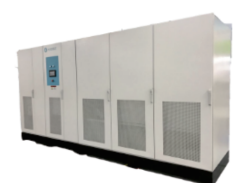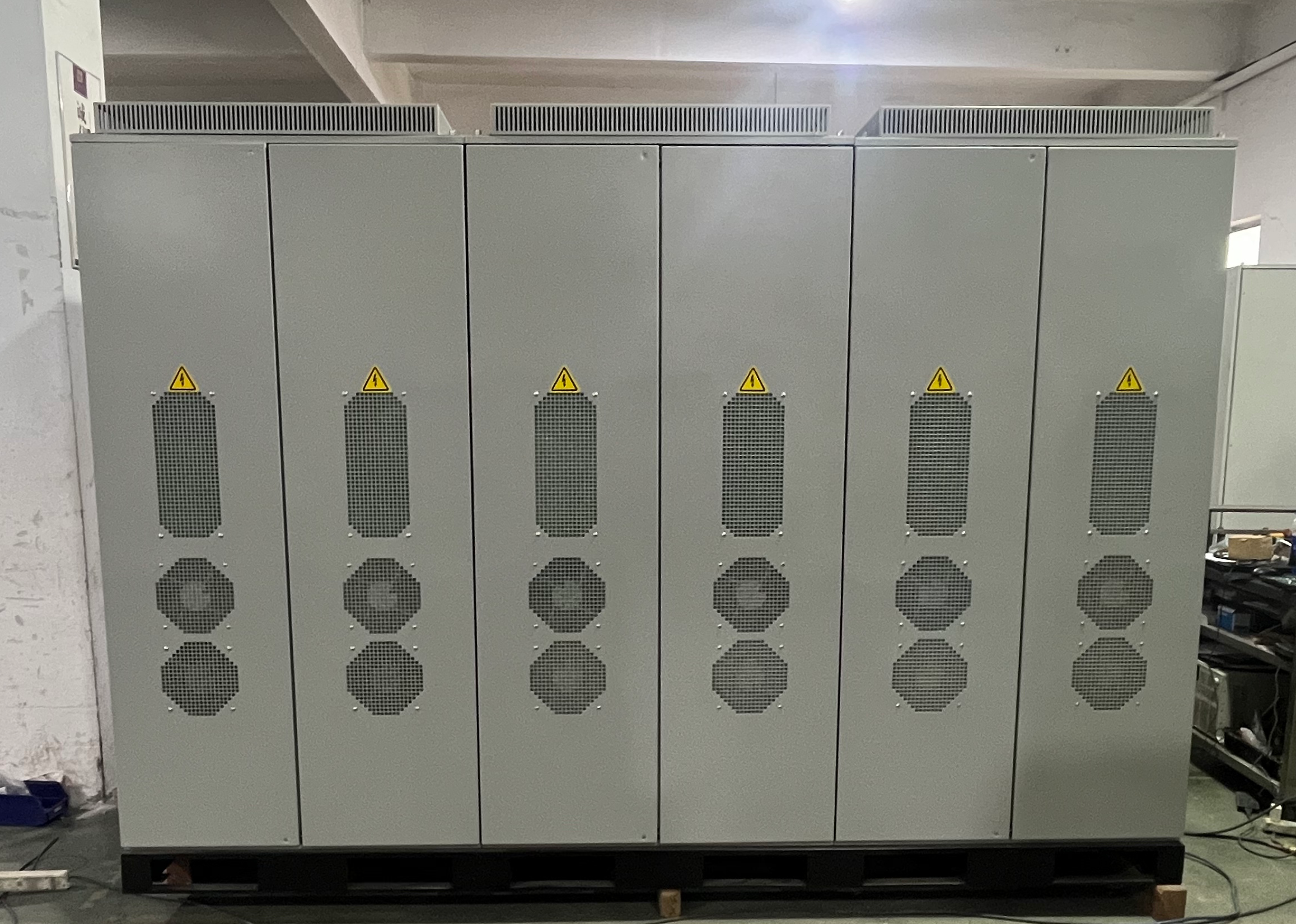threephase voltage
Three-phase voltage is a fundamental concept in electrical power systems that revolutionized the way we distribute and utilize electrical energy. This sophisticated power distribution method consists of three alternating currents of the same frequency, separated by 120-degree phase differences, creating a more efficient and balanced power delivery system. The system operates by using three separate conductors, each carrying a phase of the power supply, working in harmony to provide consistent and reliable electrical power. Three-phase voltage systems excel in powering large industrial equipment, manufacturing facilities, and commercial buildings due to their superior power delivery capabilities. The technology behind three-phase voltage allows for more efficient power transmission over long distances, reduced power losses, and better voltage stability compared to single-phase systems. In practical applications, three-phase voltage powers everything from industrial motors and large HVAC systems to data centers and manufacturing equipment. Its ability to provide constant power output makes it ideal for applications requiring continuous, reliable operation. The system's balanced nature also helps prevent issues like voltage drops and power fluctuations, ensuring smooth operation of connected equipment.




